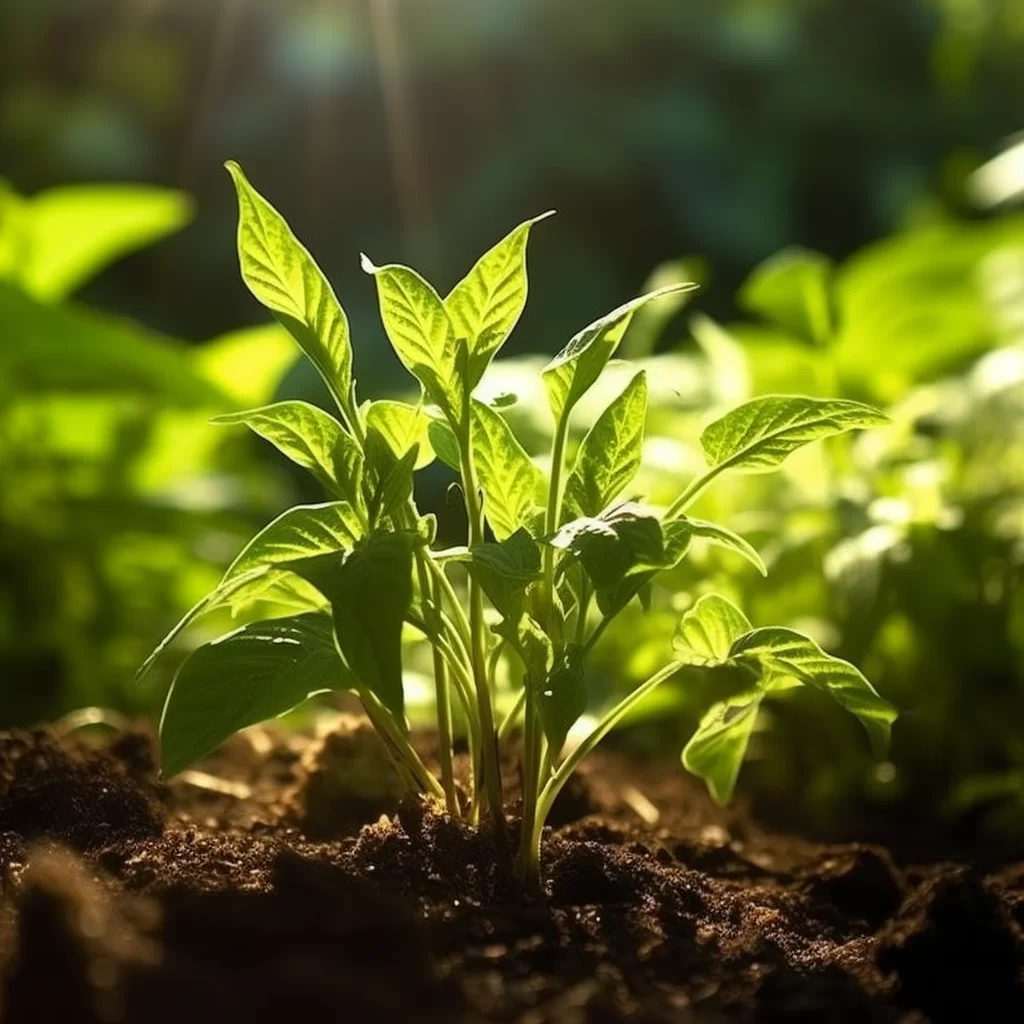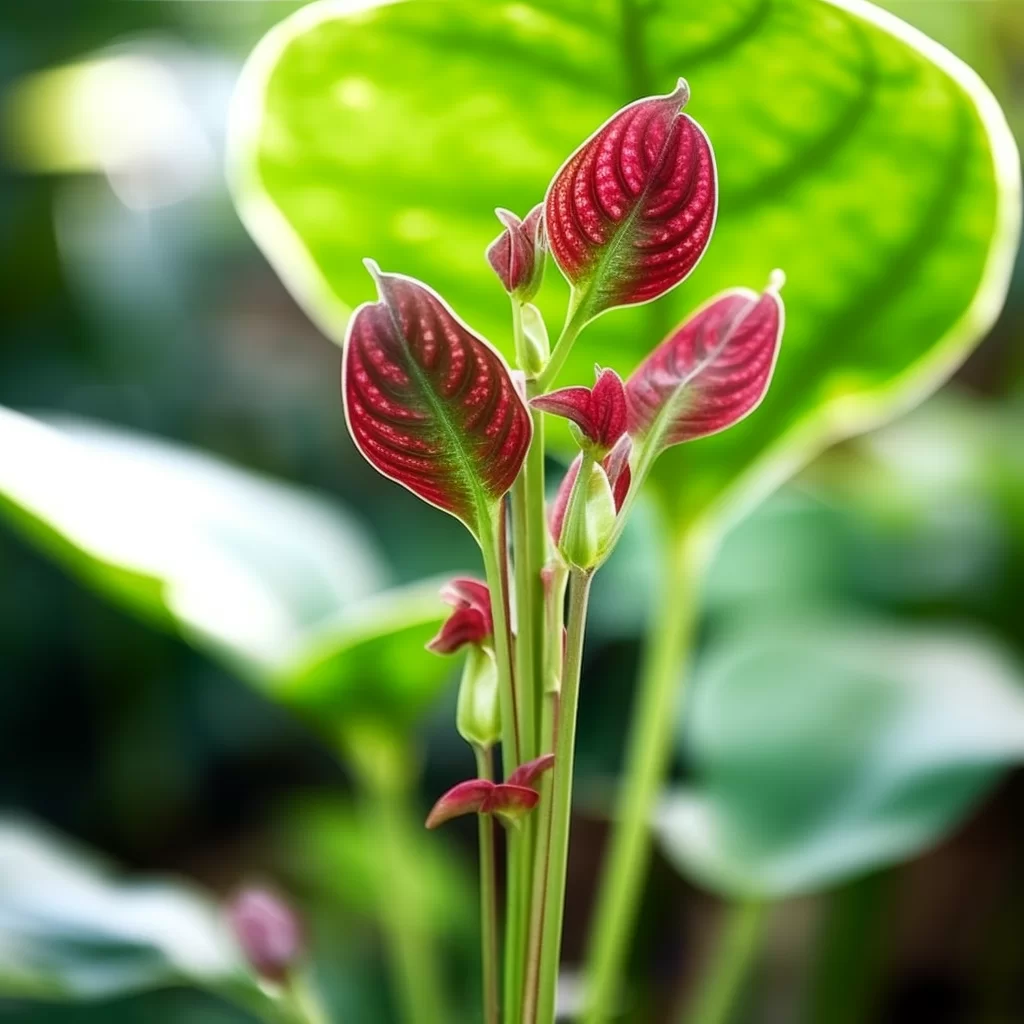Story of Day :
Contents
The Piggyback Plant: A Complete Guide and Care Tips
Gardening is a fantastic pastime for anyone who enjoys taking care of plants.
It can be both fun and fulfilling to watch your garden grow and thrive.
If you’re searching for an eye-catching plant that requires minimal maintenance, look no further than the piggyback plant! This plant’s small size, easy care requirements, and attractive foliage make it an excellent addition to any garden.The piggyback plant is perfect if you’re short on time or don’t have experience caring for plants.
It doesn’t require much water or sunlight, making it ideal if you live in an area with limited natural light.
The foliage’s unique appearance also makes it a standout among other plants in your garden.
Whether you want to add some greenery to your indoor space or enhance the beauty of your outdoor area, the piggyback plant is sure to bring joy and satisfaction as it blooms under your care!
What is a Piggyback Plant?
The piggyback plant (Tolmiea menziesii) is native to the Pacific Northwest region of North America.
It’s named after its unique ability to produce tiny plantlets on its leaves, which look like miniature versions of the parent plant.
These tiny plants take root wherever they land, allowing them to “piggyback” on their parent’s success and grow into healthy adults.
Care Tips
If you’re planning on growing piggyback plants in your garden or indoors, here are some essential care tips:

- Lighting: Piggyback plants prefer bright but indirect light.
Direct sunlight can scorch their leaves.
- Soil: They thrive best in moist soil with good drainage.
Use a potting mix rich in organic matter if you plan on growing them indoors.
- Temperature: These plants require moderate temperatures between 60-75 degrees Fahrenheit.
- Fertilizer:Piggybacks do not require fertilization but may benefit from an occasional feeding during active growth periods with general indoor houseplant fertilizer at half-strength every three weeks.
Troubleshooting Common Problems
If you encounter issues while caring for your piggybacks, here are some common problems and solutions that may help resolve them:
- Brown or Wilting Leaves: This could indicate a lack of moisture in the soil.
Give your plant a good watering and ensure that the soil remains moist but not waterlogged.
- Yellow Leaves: Yellowing leaves may be an indication of overwatering.
Allow the soil to dry out slightly before watering again.
- Pests: Piggyback plants are susceptible to spider mites and mealybugs.
Regularly inspect your plant for any signs of infestation, and use insecticidal soap to treat any problems early on.
Aesthetic Appeal
In addition to being easy to care for, piggyback plants are also visually appealing.
Their rounded leaves feature eye-catching green hues with purple undersides, which make them stand out from other houseplants.
Additionally, their miniature piggybacks give off a charming appearance that can add character wherever they’re placed.

In Conclusion
If you’re looking for an attractive yet low-maintenance plant that can thrive indoors or outdoors with minimal attention, then consider adding a piggyback plant to your collection.
With proper care and attention, these unique plants will continue producing tiny “piggybacks” while providing visual appeal year-round.